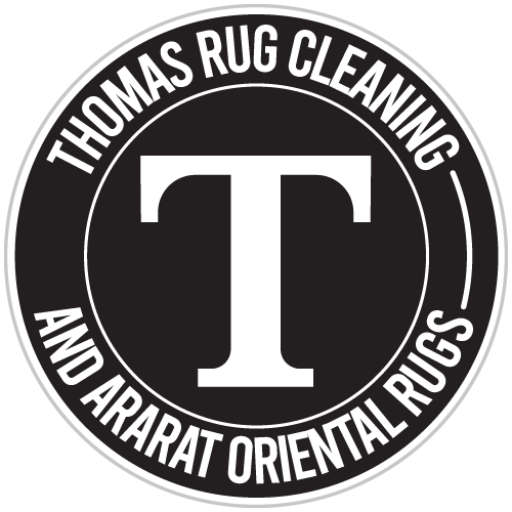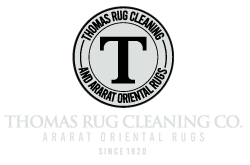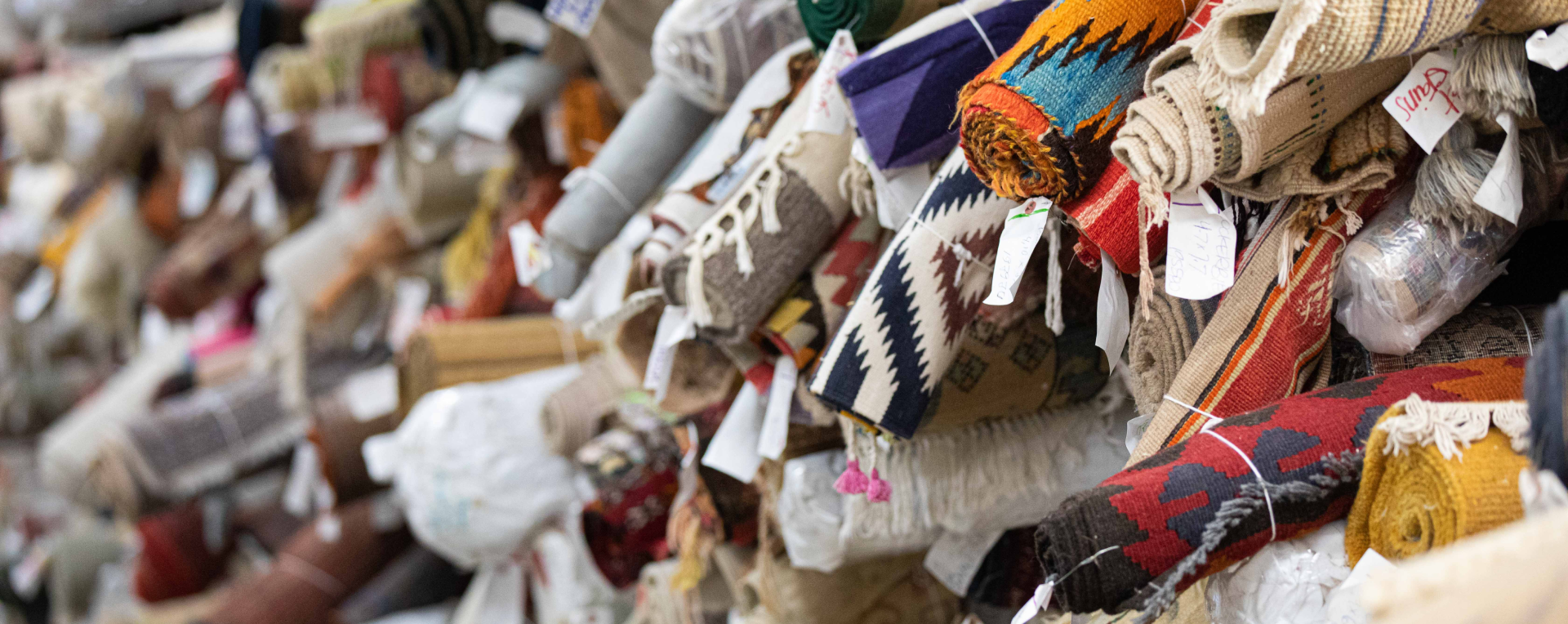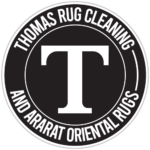What is a Rug Pad and How to Pick One For Your Floor
No room is complete without a rug — and no rug is complete without a rug pad.
These thin sheets of material act as crucial protection against slipping and floor damage — and are sandwiched between a rug and the floor. In many cases, they are purchased along with the rug, as they can be an absolute necessity.
With that said, many homeowners soon notice their rug pads starting to lose their effectiveness. This isn’t just because of regular wear and tear, but also an indicator that you’re probably using the wrong pad in the wrong situation.
To make the most of this purchase, you need to understand the differences between various types of rug pads, and how each interacts with the floor. In this guide, we’ll help you make the decision, and answer crucial questions along the way, such as: What is a rug pad used for? What types are best for your room? And, how do you make them last?
What is a Rug Pad’s Purpose?
Before we get into the materials, it’s crucial to understand what various rug pad types are used for. While it’s obvious that the overarching goal is to prevent the rug from slipping, there are several other benefits you can expect from this product. Such as:
-
Comfort: Pads help old rugs retain their bounciness and cushiony feel.
-
Longevity:Certain rug pad types prevent damage to the rug.
-
Insulation:Rug pads provide added insulation to the floors — helping them trap heat and also block unnecessary sound.
-
Cleaning:Since rug pads prevent movement, homeowners find it easier to vacuum on a daily basis.
-
Leveling:Not all floors are perfectly smooth. Certain types of carpet pads help fill the gaps, or account for any tilt.
-
Protection:Not only do these pads prevent unfortunate slips, they actively protect floors from damage caused by dirt and debris.
Given the number of benefits it offers compared to its costs, a rug pad is usually seen as an investment. Think of it as taking out an insurance policy for your rug.
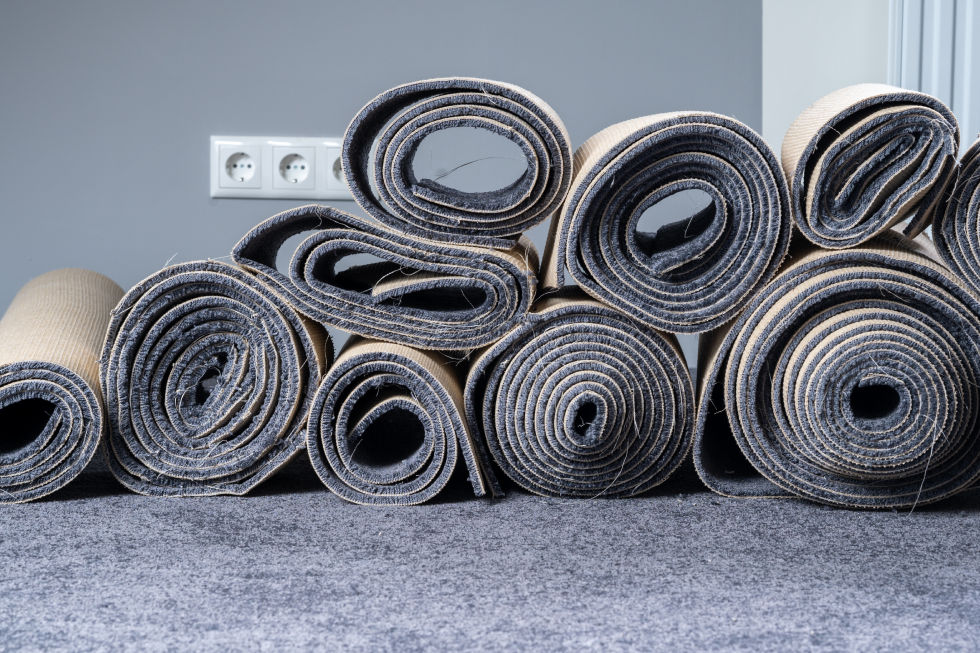
What Are the Types of Rug Pads?
Which brings us to our next question: How do you pick between the various rug pad types based on your needs? Here’s a brief overview of your material options:
Natural Rubber
These types of rug pads are a thin, eco-friendly option designed to offer a strong grip. They are, as you’d imagine, made with natural rubber, and boast of an impressive resume: being non-slip, waterproof, and soundproof. The material is also known for being exceptionally durable and offering serious protection against floor damage.
The only down side of a rubber rug pad is that it doesn’t offer much cushioning. If that’s a dealbreaker for you, a felt option may be more promising. With that said, rubber is an exceptionally cost-effective option for many types of floors — including laminate, tile, vinyl, or hardwood.
Rubber-Felt Combo
While rubber and felt rug pads have their pros and cons, a felt-rubber combination is a popular choice to get the best of both worlds. Using a rubber-felt rug pad on hardwood floors, for example, prevents damage to the wood, as well as offers enough comfort in high-traffic areas. But, as a result of all these benefits, it may cost a little more.
As a better option, we offer the Rubber Felt Combo and PVC-Felt Combo pads that combine both aspects and create ultimate rug pad for superior grip and comfort.
Felt-PVC Combo
Finally, we have the Felt PVC Combo rug pads types, which are in many ways similar to rubber rug pads, considering they also provide solid grip while compromising on plushness. With that said, there are two benefits Felt PVC Combo offers over other materials — it is waterproof and mold resistant. This makes it a good option to protect rugs in bathrooms or outdoor spaces.
Once you’ve understood the drawbacks and advantages of using each material, take some time out for other considerations, such as size, or shape. If you have circular rugs, for instance, ensure that you browse round rug pads that’ll cover the area entirely.
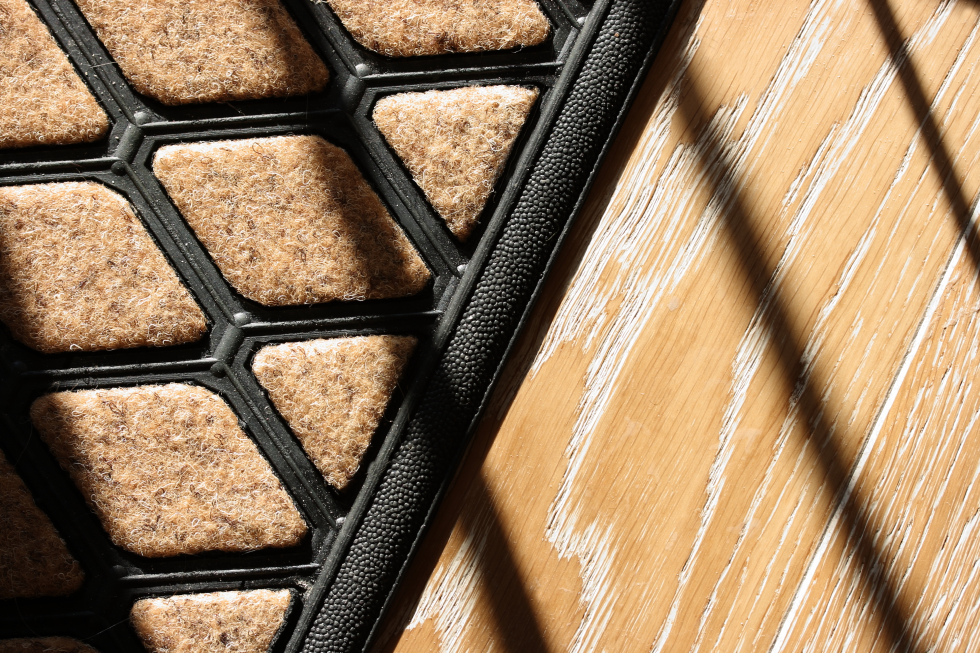
Frequently Asked Questions
-
What is the best rug pad for tile floors?
Depending on the thickness of the pad you prefer, all of our pads are best for wood, pile and concrete floors.
-
What is the best type of rug pad for jute rugs?
To prevent the rough jute fiber from scratching your floors, we recommend using a solid backed pad with the backing being PVC or Natural rubber.
-
How do I choose the right rug pad for my space?
It depends on your rug size, floor type, and what benefits you’re looking for (e.g., extra cushion, grip, or protection). We’re happy to help you select the best option based on your specific needs.
-
Will the rug pad damage or stain my hardwood floors?
No, our rug pads are designed to be safe for all floor types, including hardwood. They are made with materials that won’t react with floor finishes or leave sticky residues. We always recommend checking your floor’s finish and ensuring it is properly cured before placing any rug pad.
-
Do rug pads help with soundproofing?
Yes, many of our felt and combination rug pads significantly reduce noise, making them a great choice for apartments, high-traffic areas, or upper floors
The Bottom Line
At the end of the day, the choice of rug pad types depends on several factors — from your budget, to your needs, to the type of flooring you have. It’s a lot to consider, and a decision that many homeowners choose to leave to the experts.
At Thomas Rug Cleaning Co., for instance, we’ve helped dozens of clients understand the distinction between various materials. Apart from offering premium rug cleaning in Los Angeles, we also cut custom rug pads known for being anti-slip, safe and stable.

